Exploring Sapphire and Ruby Mining in Madagascar
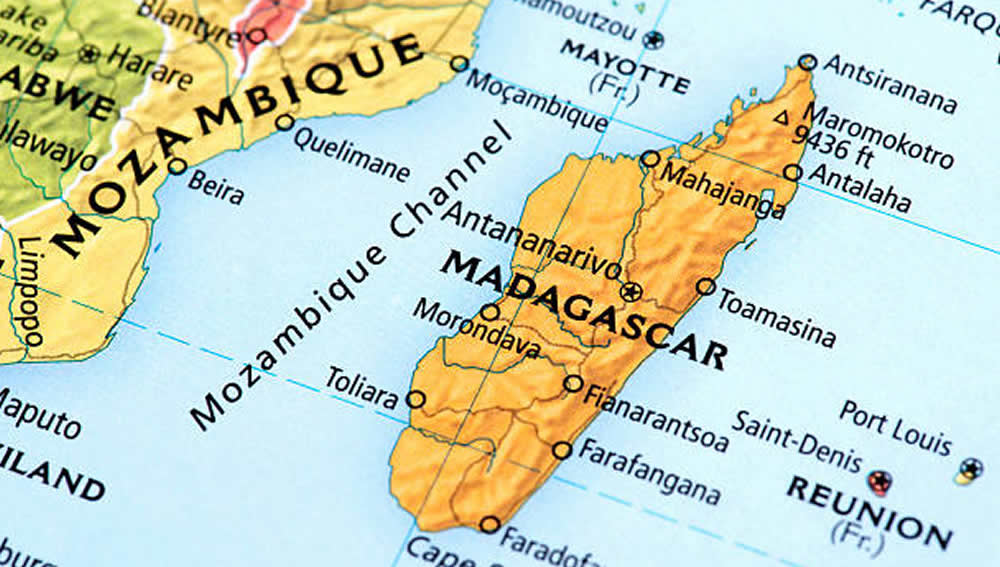
Madagascar is renowned for producing some of the world's most stunning gemstones, including the highly coveted Madagascar sapphire and Madagascar ruby. These gemstones are in high demand among collectors and jewelry designers worldwide. The island is rich in mineral resources, making it a key player in the global gemstone mining industry. In this article, we will explore the fascinating world of sapphire and ruby gemstone mining in Madagascar, delve into the thriving gemstone industry, and discuss the significance of these remarkable gemstones from Madagascar.
Key Takeaways:
- Madagascar is an important global source for sapphires and rubies, which are highly prized for their beauty and value.
- The country's rich mineral deposits and gemstone resources make it a prominent player in the global gemstone mining industry.
- Sapphire and Ruby Gemstone Mining has a significant cultural and economic impact on Madagascar and its people.
- The geological formation of gemstone deposits in Madagascar is unique and significant, making the country a critical source of rare and exquisite gemstones.
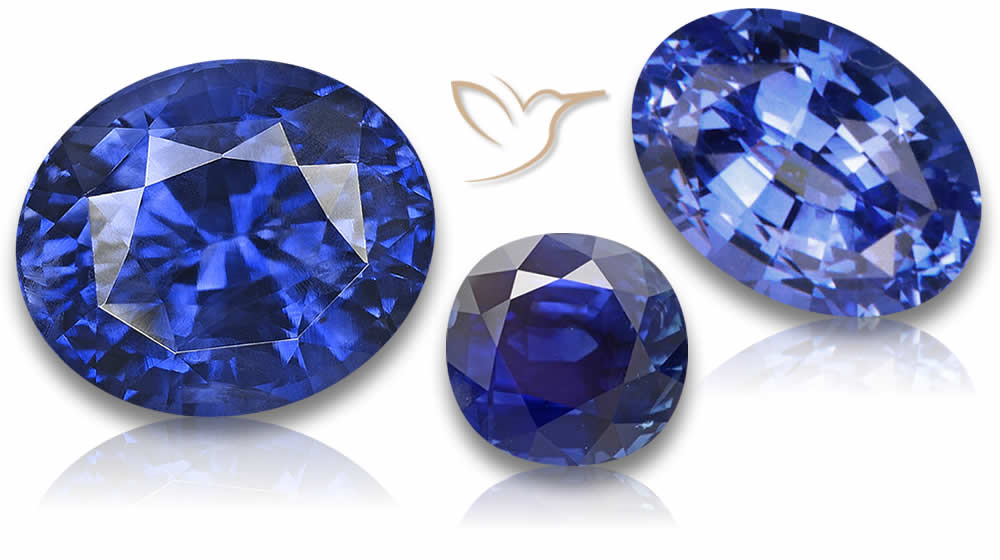
Gemstone Mining in Madagascar
Gemstone mining in Madagascar is a complex and intricate process that requires the use of various techniques and methods to extract precious gems like sapphires and rubies from the rich mineral deposits found across the country. The process takes place in several stages that range from exploration, extraction, grading, cutting, and polishing.
To begin with, geological exploration is carried out to identify potential areas where deposits of these gemstones are likely to be found. Once suitable areas are identified, the mining process can begin in earnest. Different mining techniques are used depending on the nature of the deposit, the location, and the size of the operation.
Methods of Gemstone Extraction
The most common method of gemstone extraction in Madagascar is artisanal mining, done by individual or small groups of miners. These miners use basic tools and techniques such as digging, washing, and sorting to extract the gemstones from the ground.
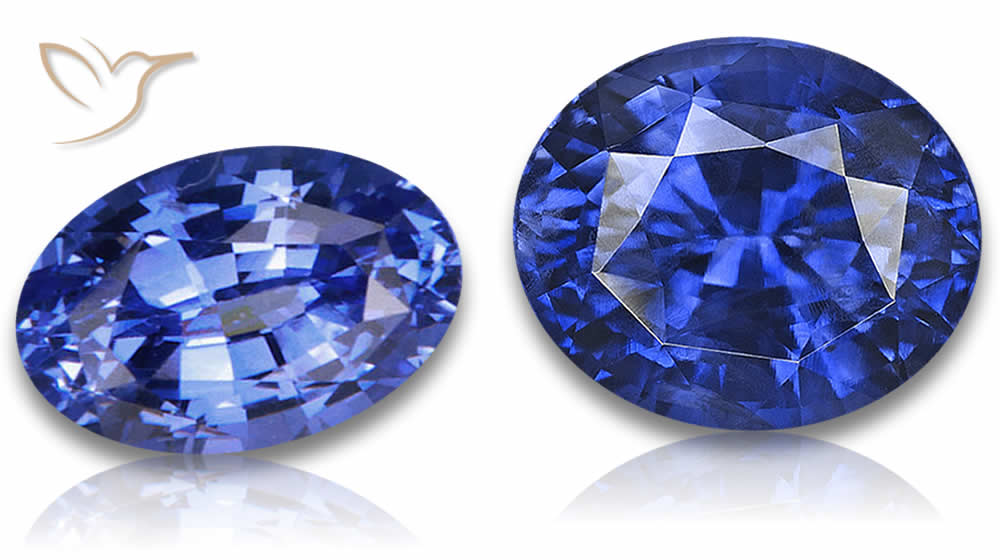
Another form of gemstone extraction is mechanized mining which is frequently used in larger mining operations. This type of mining is more sophisticated and involves the use of heavy machinery and equipment like excavators, bulldozers, and conveyor belts.
Resources for Gemstone Mining in Madagascar
Madagascar's gemstone resources are plentiful and diverse, ranging from sapphires and rubies to tourmaline, garnet, and topaz. The two main gemstone mining regions in Madagascar are Ilakaka and Andranondambo. These areas have become popular destinations for gemstone miners due to the vast deposits of gemstones found there.
The Importance of Sustainable Gemstone Mining
While gemstone mining provides an important source of income for many people in Madagascar, it is essential to ensure that it is done sustainably to protect the environment and the people who rely on these resources. The government of Madagascar and various international organizations are working towards sustainable gemstone mining practices to ensure that the benefits of this industry are felt by everyone.
Overall, the process of gemstone mining in Madagascar is intricate and fascinating, yielding some of the world's most beautiful gemstones. With its rich mineral deposits and diverse gemstone resources, Madagascar remains a key player in the global gemstone industry.
Sapphire and Ruby Mining Process
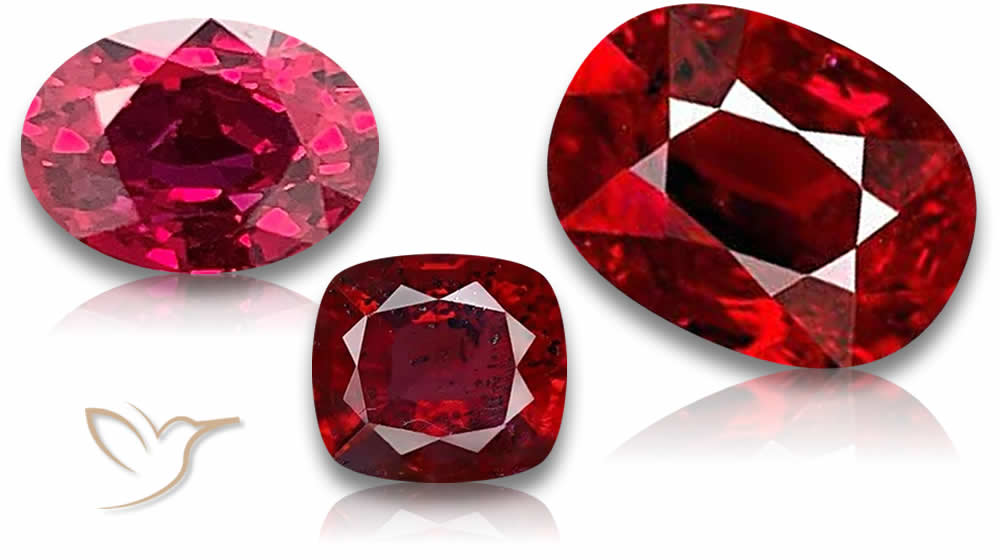
In Madagascar, mining sapphires and rubies is a complex, multi-step process that requires great skill and patience. Let's take a closer look at the process:
- Identifying the Deposits: The first step in mining sapphires and rubies is to identify the deposits. This requires a combination of geological knowledge, experience, and luck. Miners often use geological maps, visual cues, and past mining activity to determine the location of deposits.
- Excavation: Once the deposits are identified, miners use tools such as pickaxes and shovels to excavate the soil. This is a labor-intensive process that involves removing several layers of topsoil and bedrock.
- Sorting: After the soil is excavated, it must be sorted to identify the precious stones. Miners use a variety of methods to sort the soil, including washing it in water and using sieves to separate out the stones.
- Cleaning and Polishing: Once the sapphires and rubies are identified, they must be cleaned and polished. This involves removing any residual soil or debris from the stones and shaping them into the desired size and shape.
- Grading: After the stones are cleaned and polished, they are graded based on their quality and characteristics. This includes evaluating factors such as color, clarity, and size.
- Marketing: Finally, the sapphires and rubies are ready to be sold. They are typically sold to intermediaries or wholesalers who specialize in the gemstone trade, who in turn sell them to retailers or jewelers.
The mining of sapphires and rubies in Madagascar is a labor-intensive and meticulous process. However, the end result is some of the world's most beautiful and valuable gemstones.
Madagascar's Gemstone Deposits
Madagascar is renowned for its rich deposits of precious and semi-precious gemstones. The island is home to a diverse array of gemstones, with sapphires and rubies being among the most prominent. These precious stones are formed in a variety of geological settings, and each deposit has its unique features and characteristics.
One of the largest sapphire deposits can be found in the small village of Ilakaka, in south-western Madagascar. This deposit has rapidly become one of the world's most important sources of sapphires, with millions of carats being extracted from the ground each year. Another significant source of sapphires can be found in the north-eastern region of the island, in the Marovato region. These sapphires are highly coveted due to their unique blue, green, and yellow hues.
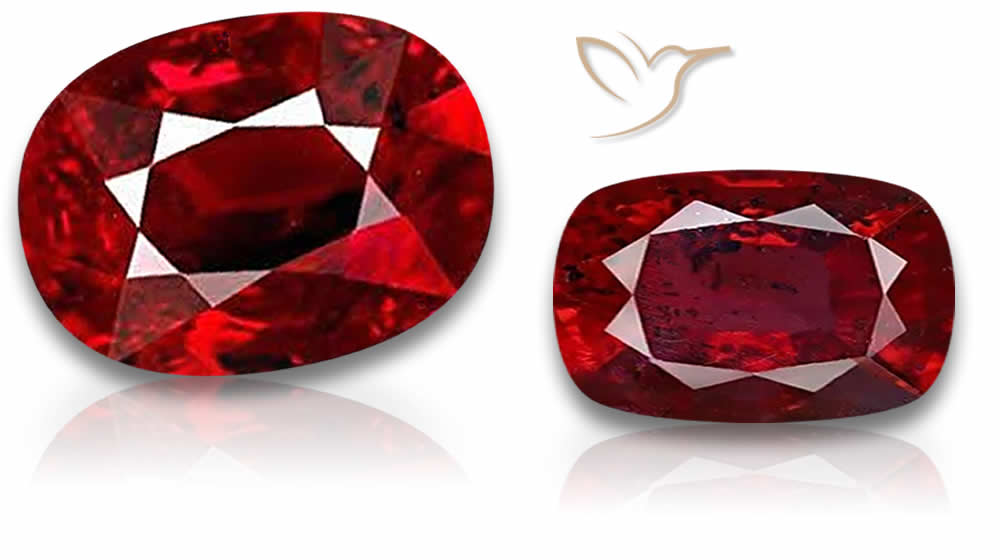
Ruby deposits are primarily located in the Andilamena region of Madagascar, where miners can extract rubies from the earth's crust using a mixture of traditional and modern mining techniques. The rubies found in this region are prized for their deep red color, which is thought to be due to the presence of trace amounts of chromium in the deposits.
The Significance of Madagascar as a Gemstone Mining Hotspot
Madagascar is becoming an increasingly important player in the global gemstone trade. Gemstone mining in Madagascar provides employment opportunities for many locals, and the industry is a vital source of revenue for the country's economy. The island's government has made efforts in recent years to encourage and regulate the gemstone industry to reduce the likelihood of illegal mining practices and ensure the sustainability of the industry for future generations.
The Rich History of Madagascar Gemstones
Madagascar is known for its stunning array of gemstones, including sapphires and rubies. But the island's gemstone mining industry is also steeped in rich history and cultural significance, making it an essential player in the global gemstone trade.
The Evolution of Gemstone Mining in Madagascar
Madagascar's gemstone mining industry has evolved over the years, from small-scale mining by locals to larger-scale mining operations. The country's government recognized the importance of the industry and created regulations to ensure sustainable mining practices and the protection of workers.
Cultural Significance of Madagascan Gemstones
Gemstones have deep cultural significance in Madagascar, with many of the local communities holding traditional beliefs about their powers and the significance of their colors and shapes. For example, the Malagasy believe that sapphires can bring wisdom, while rubies signify good fortune.
Impact on the Economy and Global Gemstone Trade
The gemstone mining industry is a significant contributor to Madagascar's economy, providing jobs for many locals and generating a significant amount of revenue. The country's diverse range of gemstones has also made it a prominent player in the global gemstone trade, with many of its gems highly sought-after by collectors and investors.
"The abundance of gemstones in Madagascar, the meticulous mining process, and the cultural significance of gemstones make it a fascinating destination for anyone interested in the world of gemstones" - Gemstone Enthusiast
Conclusion
The gemstone mining industry in Madagascar is a fascinating world full of vibrant sapphires and rubies and a rich mining history. The island's abundance of gemstone deposits, meticulous mining process, and cultural significance of gemstones have placed Madagascar as a prominent player in the global gemstone industry.
As we have explored in this article, Madagascan gemstones possess unique characteristics that make them popular in the market. With their exquisite hues and clarity, sapphires and rubies from this country are highly coveted by gemstone enthusiasts worldwide.
The gemstone mining industry in Madagascar has contributed significantly to the country's economy and the livelihoods of its people, providing jobs and business opportunities. It is a source of immense pride for the people of Madagascar, and they strive to maintain the industry's sustainability.
Overall, Sapphire and Ruby Gemstone Mining in Madagascar offer a captivating journey into the world of gemstones. The island's treasures are remarkable, and it's no surprise that Madagascar remains a gemstone mining hotspot to this day.
FAQ
What types of gemstones are found in Madagascar?
Madagascar is known for its abundant deposits of sapphires and rubies, making these gemstones the most prominent finds on the island. However, Madagascar also produces other gemstones such as tourmalines, aquamarines, garnets, and many more.
How is gemstone mining conducted in Madagascar?
Gemstone mining in Madagascar typically involves a combination of traditional and modern techniques. Artisanal miners often use hand tools and simple machinery to extract gemstones from shallow deposits, while larger-scale mining operations may utilize heavy machinery and advanced equipment for deeper mining.
Are Madagascar gemstones of high quality?
Yes, Madagascar is renowned for producing high-quality gemstones. The sapphires and rubies from Madagascar are highly valued for their vibrant colors, excellent clarity, and impressive size. Gemstones from Madagascar are sought after by jewelry enthusiasts and collectors worldwide.
What is the significance of gemstone mining in Madagascar?
Gemstone mining plays a significant role in the economy of Madagascar. It provides employment opportunities for many locals and contributes to the country's export revenue. Additionally, gemstone mining has cultural and historical significance in Madagascar, as gemstones have been used for ornamental and ceremonial purposes for centuries.
Are gemstone mining practices in Madagascar sustainable?
There are ongoing efforts to promote sustainable gemstone mining in Madagascar, aimed at minimizing environmental impact and ensuring fair working conditions for miners. Organizations and associations work towards establishing responsible and ethical mining practices, including reforestation initiatives and community development projects.
Can I visit gemstone mines in Madagascar?
Yes, some gemstone mines in Madagascar are open to visitors. However, it is important to note that access to mining sites may vary, and certain safety precautions and guidelines must be followed. It is advisable to coordinate with local tour operators or mining companies to arrange visits to gemstone mines in Madagascar.

